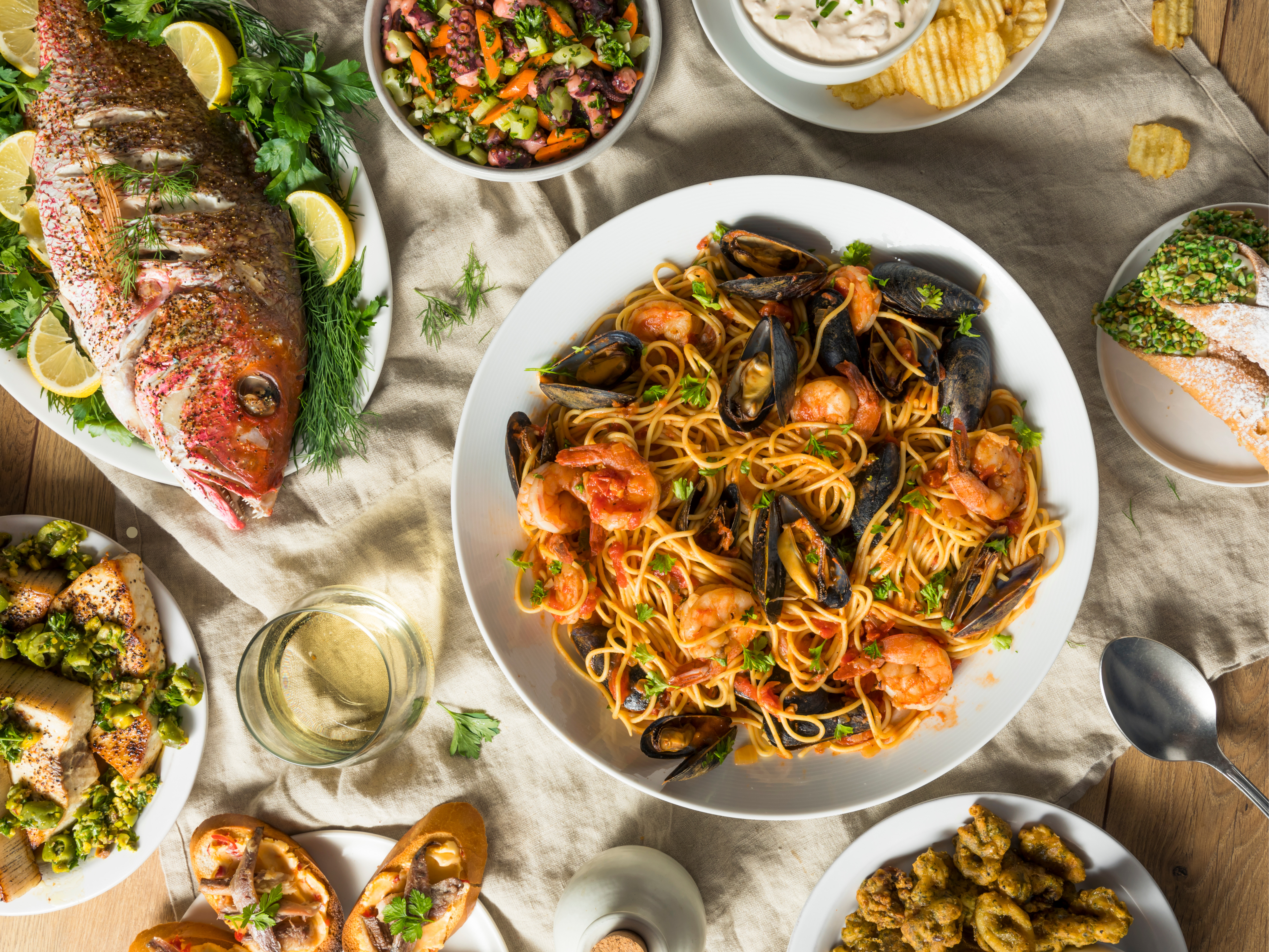Thai cuisine offers a delightful variety of noodles that bring unique textures and flavors to its iconic dishes. If you’ve ever wondered, What are those Thai noodles called? this guide will introduce you to the most popular types and how to use them.
For more ideas on how to enhance your noodle dishes, check out 13 Essential Sauces for Thai Cooking.
Wide Rice Noodles (Sen Yai)
Sen Yai, meaning “big strip,” are wide, flat rice noodles. These noodles are ideal for stir-fried dishes such as Pad See Ew and Drunken Noodles (Pad Kee Mao). Moreover, their chewy texture makes them perfect for absorbing bold sauces, which is why they are so popular in Thai street food.
Cooking Tips:
- First, use fresh noodles directly in stir-fries without soaking.
- Additionally, for dried noodles, soak them in warm water for 20 minutes to soften before cooking.
Thin Rice Noodles (Sen Lek and Sen Mee)
Thai rice noodles are also available in thinner varieties:
- Sen Lek: Medium-sized noodles, perfect for Pad Thai and Tom Yum soup.
- Sen Mee: Thin, vermicelli-like noodles that work well in lighter soups or salads.
Popular Dishes:
- Pad Thai: Sen Lek offers the perfect balance of chewiness and sauce absorption.
- Tom Yum Noodle Soup: Similarly, Sen Mee pairs beautifully with this spicy, tangy broth.
For essential Thai pantry staples, visit The Ultimate Guide to Thai Pantry Essentials.
Glass Noodles (Woon Sen)
Woon Sen, or glass noodles, are made from mung bean or sweet potato starch. These noodles turn translucent when cooked, making them ideal for soups, salads, and stir-fries such as Pad Woon Sen.
Preparation Tips:
- Before cooking, soak glass noodles in warm water for 10 minutes.
- However, avoid overcooking them, as they can quickly become too soft.
Egg Noodles (Ba Mee)
Ba Mee are yellow egg noodles made from wheat flour and eggs. Known for their springy texture, they are commonly found in dishes like Kao Soi (Northern Thai curry noodle soup) and Ba Mee Haeng (dry noodle dishes).
Cooking Suggestions:
- First, boil fresh Ba Mee noodles for 2 minutes and then drain.
- Next, pair them with rich broths or stir-fried vegetables for a balanced meal.
Fermented Rice Noodles (Kanom Jeen)
Kanom Jeen is a unique noodle made from fermented rice flour. Slightly tangy in flavor, these noodles are often paired with curries like Namya (fish curry) or served in refreshing salads.
Substitution Tip:
- If Kanom Jeen is unavailable, consider using Vietnamese vermicelli for a similar texture.
For more insights into Thai rice varieties, explore Different Types of Thai Rice.
Thai Noodles in Global Cuisine
Thai noodles have influenced fusion dishes worldwide. For instance, Sen Lek is often substituted for Chow Mein in stir-fries, while Woon Sen adds a creative twist to Asian-style salads. As a result, these versatile noodles have become staples in kitchens far beyond Thailand.
FAQs About Thai Noodles
1. What noodles are best for Pad Thai?
Sen Lek is traditionally used, offering a perfect balance of chewiness and sauce absorption.
2. Are Thai noodles gluten-free?
Most Thai noodles, such as rice and glass noodles, are naturally gluten-free. However, wheat-based noodles like Ba Mee are not.
3. What’s the difference between Sen Lek and Sen Mee?
Sen Lek is medium-sized and suitable for stir-fries. On the other hand, Sen Mee is thinner and works well in lighter dishes like soups or salads.
Final Thoughts
Thai noodles bring variety and texture to a wide range of dishes. Whether you enjoy the hearty Sen Yai or the delicate Woon Sen, understanding their unique characteristics ensures an authentic dining experience. Furthermore, experimenting with these noodles allows you to explore the diverse flavors of Thai cuisine.
For dessert, pair your noodles with a sweet treat from Ninja Creami Recipes: The Ultimate Guide to Homemade Frozen Desserts.

